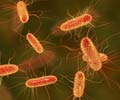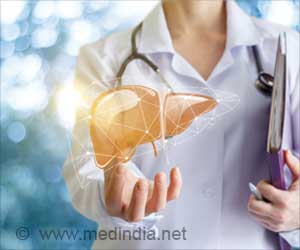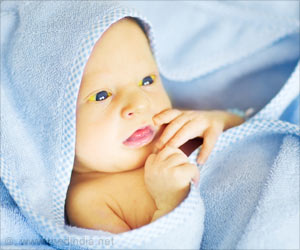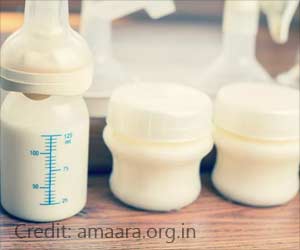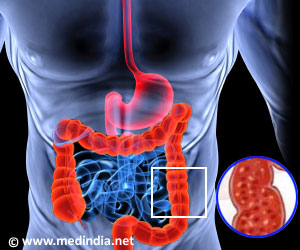According to research, a cocktail of non-pathogenic bacteria naturally occurring in the digestive tract of healthy humans can protect against a potentially lethal E. coli infection.
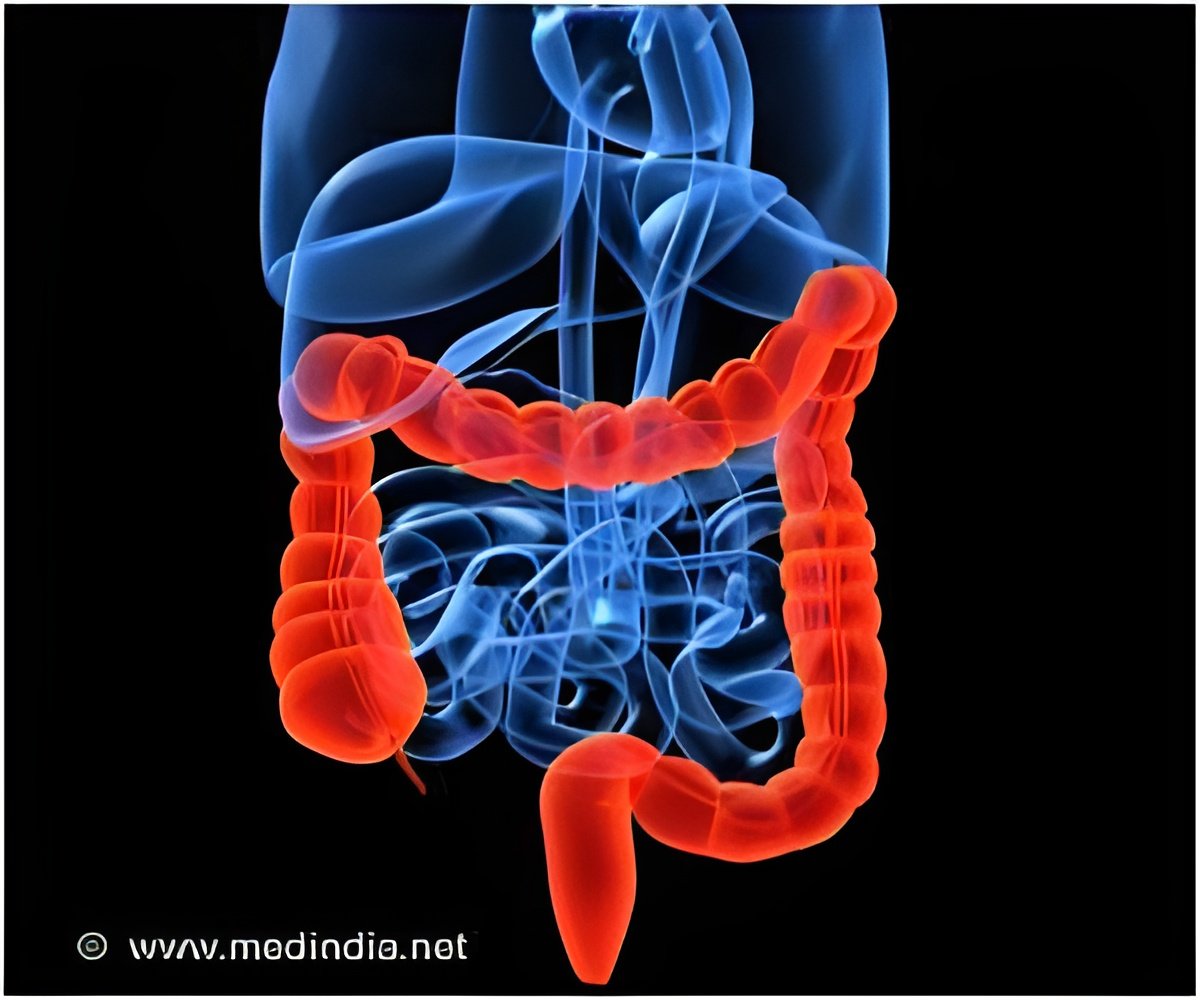
"EHEC is of primary concern because HUS, the most severe outcome, preferentially targets young children," says Kathryn Eaton, a researcher on the study. "Tragically, HUS occurs late in the course of disease, often after the child has recovered from the enteric form. Thus, children who appear to have recovered may relapse and even die."
HUS is cause by absorption of Shigatoxins (Stx) that are produced by the bacteria in the intestine. Stx production occurs within a few days of bacterial colonization and once it is present in the intestines it can be absorbed into the bloodstream where it may cause systemic disease and even death. There is no specific treatment or preventative measure that prevents progression from HC to HUS.
The overall goal of research in Eaton's laboratory is to identify potential therapies to prevent production or absorption of Stx before it can cause disease.
"In brief, the results of our study show that in a mouse model, non-pathogenic bacteria that are normal inhabitants of the human intestine can eliminate Stx from the intestinal contents and completely prevent HUS," says Eaton.
In the study, the researchers gave EHEC to two groups of mice: one that had been been pre-colonized with a mix of bacterial species derived from normal human intestines and one that had not. In the pre-colonized mice, Stx levels remained undetectable and all mice remained completely healthy. In contrast, the control group had high levels of Stx and all developed kidney disease within one week of infection.
First, it could help explain why not everyone infected with EHEC develops HUS. Second, and most importantly says Eaton, it identifies specific, non-pathogenic, probiotic bacteria that could be used to prevent or treat Stx-mediated diseases.
 MEDINDIA
MEDINDIA

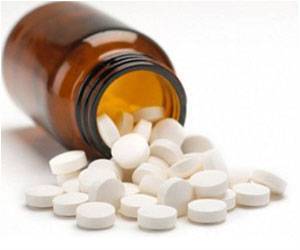


 Email
Email

